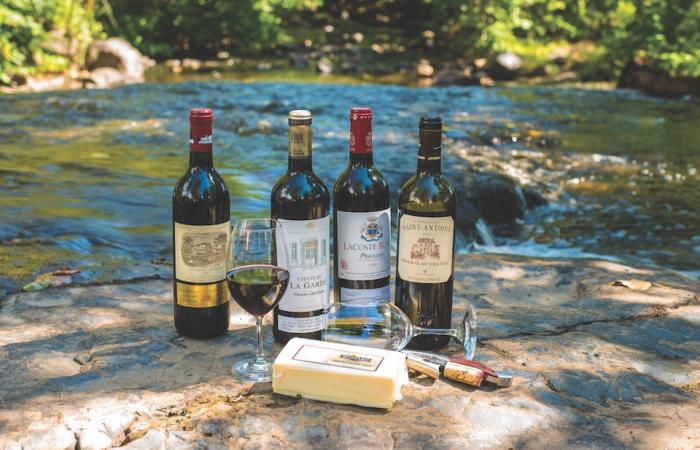Bordeaux, the city in southwest France, is the wine capital of the world. Of course, there are many pretenders to the throne, and doubtless many who feel that their wine is just as fine, but Bordeaux is the true spiritual centre of the world of wine. Wine has been made here since before the Romans. Bordeaux has given us the very definition of Chateau as a place where great wine is made. Bordeaux has given us the essential concept of classifying wines by their pedigree. And it is Bordeaux that has given us the great red wine grapes that have migrated to all parts of the new world of wine – Cabernet Sauvignon and Merlot to California, Malbec to Argentina, Carmenère to Chile and many others.
Today, bordeaux the wine, named after the city, is at the height of its historic powers. The grand Chateaux whose names are household words – Mouton Rothschild, Lafite, Margaux, Pétrus – command stratospheric prices in the international marketplace that most of us can only gawk at in amazement. Released on futures contracts, paid in advance with delivery three years later, followed by decades in the cellar, these legendary masterpieces will set you back a four-digit price per bottle. These lofty examples of the vintner’s art, like French impressionist paintings, have become baubles for billionaires, and truth be told, many are bought as much for their investment value as for their inherent worth as wines to be enjoyed.
But Bordeaux is a large region and remains the source of fine wine at reasonable prices. Forget the famous chateaux – certainly they have earned their renown, but they are not for everyday consumption by mere mortals. Instead, you will find across this broad, diverse terroir sound value in good red wine at less than $20 per bottle to service your everyday table, and a range of richer, higher quality gems at all price points up to $100 that will admirably enhance your most special occasions. Every two weeks the Vintages section of your local LCBO releases a new selection of wines, usually including several good value bordeaux. The key is to read the Appellation Controllée on the label under the name of the chateau. A bottle labelled simply Bordeaux is the entry level wine; three to five years of age are all that is needed for these to reach their modest peak. A step up in quality and richness, but often not in price, is Bordeaux Supérieur – essentially the same wine made to a higher, more exacting standard. You can always count on finding an ever-changing set of these reliable, relatively unknown chateaux.
The real fireworks begin when you move into the sub-regions of this large district, and eventually into the individual wine-producing villages. There are dozens of these, and it helps to learn their names. Médoc, Haut-Médoc and Graves are three sub-regions you should know, then learn the names of the multiple individual villages within each sub-region as your knowledge expands – St. Estèphe, Paulliac, Margaux, Listrac, Pessac-Léognan, St. Emilion... These are wines you will want to age for eight to twelve years or more, opening them in their splendid maturity for your grandest feasts. They will reward you with exotic aromas of cedar and cassis, full-bodied flavour, savoury richness, and sophisticated complexity. Some names that recur on these releases include Chateau LaGarde, Pipeau, Tronquoy-Lalande, Clarke, Potensac… there are so many of them, and remembering all their individual names is less important than noting their origin, as identified by their Appellation Controllée. There is so much more about Bordeaux yet to come.
Follow Paul Inksetter’s wine writing on his blog, winewicket.com
© Paul Inksetter 2018


